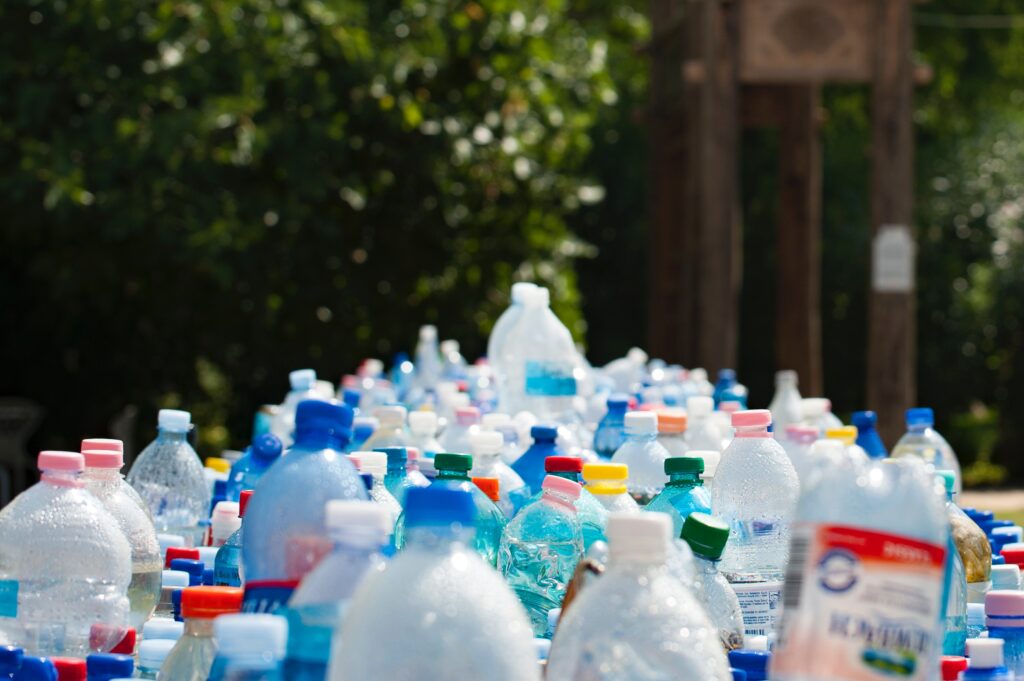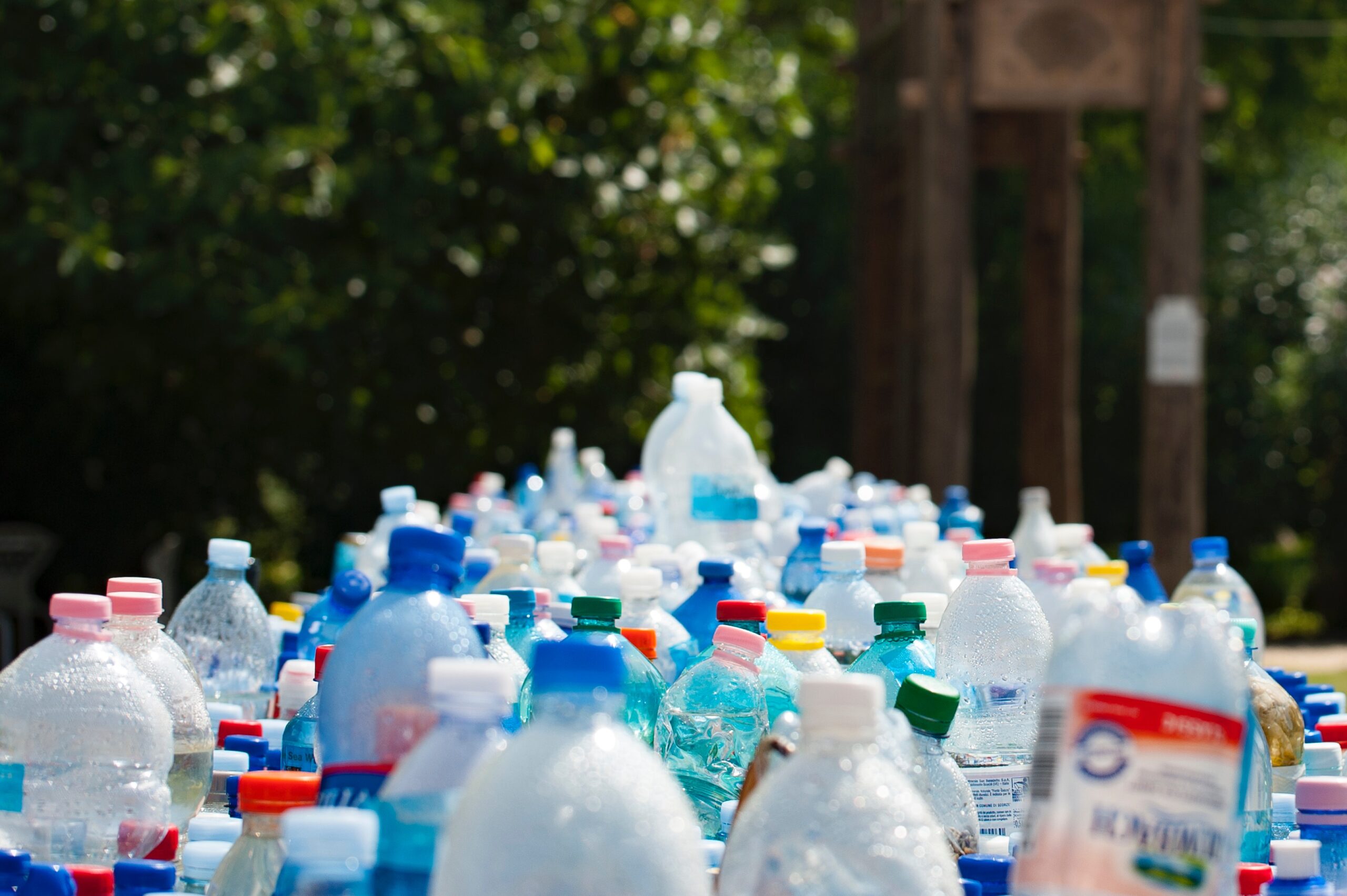The Recycling Paradox: Prioritizing Reduction and Reuse Over Recycling

Recycling has been hailed as a powerful weapon in the fight against environmental degradation and waste accumulation. However, a thought-provoking article by Noor Al-Sibai titled “Scientists say recycling has backfired spectacularly”1 has raised crucial questions about our overemphasis on recycling. This article delves into the issue of how our fixation on recycling, rather than focusing on reduction and reuse, has led to a surge in single-use plastics and contributed to the backfire of recycling programs worldwide.
The Illusion of Recycling Triumph
For decades, recycling has been promoted as the solution to our mounting waste crisis. As conscientious citizens, we have embraced the idea that by diligently sorting our recyclables, we are contributing to a greener planet. Recycling programs became synonymous with environmental responsibility, offering a sense of achievement in our efforts to combat climate change and protect natural resources.
Single-Use Plastics: A Global Plague
Ironically, while recycling was intended to curb waste, it has inadvertently exacerbated the problem, primarily through the proliferation of single-use plastics. Our throwaway culture and the convenience of single-use items have become deeply ingrained, leading to a surge in plastic waste that overwhelms recycling efforts. Items like plastic bags, straws, bottles, and packaging have a short lifespan and are discarded after just one use, causing a staggering volume of plastic pollution that litters our oceans, landscapes, and even reaches the most remote corners of the Earth.
Recycling as a Band-Aid Solution
Recycling has often been perceived as a “quick fix” to address the consequences of excessive waste production. People have become complacent, assuming that as long as they toss their recyclables into the right bins, the environmental impact of their consumption habits is negated. In reality, this mindset only perpetuates the overreliance on single-use items, as people feel less compelled to reduce their consumption or seek out reusable alternatives.
The Recycling Mirage
The emphasis on recycling has created a perception that we can consume with abandon as long as we recycle diligently. In the context of single-use plastics, this is a dangerous fallacy. The vast majority of single-use plastic items are designed for convenience, not recyclability. They are often composed of mixed materials, making recycling technologically challenging and economically unfeasible. As a result, recycling rates for single-use plastics remain dismally low, with a considerable amount ending up in landfills, incinerators, or polluting the environment.
The Dilemma of Plastic Recycling
While recycling plays a crucial role in waste management for certain materials, such as glass and aluminum, it has proven far less effective for plastic. The recycling process for plastic is complex, expensive, and energy-intensive, making it economically unattractive for many recycling facilities. Additionally, the quality of recycled plastic is often lower than that of virgin plastic, limiting its applications and market demand.
Reimagining the Waste Hierarchy: Reduce, Reuse, Recycle
To address the recycling paradox, we must shift our focus back to the fundamental principles of waste management: reduce, reuse, and then recycle. Recycling should be viewed as the last resort when other strategies are not feasible. Here’s how we can break free from the recycling illusion and promote a more sustainable approach:
- Reducing Consumption: We need to reassess our consumption habits and prioritize products with minimal packaging or opt for bulk items. Governments and businesses can incentivize the production of goods with less packaging, promoting the use of refillable containers and encouraging consumers to make conscious choices.
- Embracing Reusable Alternatives: Reusable products, such as water bottles, shopping bags, and containers, should become the norm. Encouraging their use through awareness campaigns and providing convenient access to water refill stations and reusable containers can significantly reduce single-use plastic consumption.
- Rethinking Product Design: Manufacturers should take responsibility for creating products that are easier to recycle or are designed for durability and multiple uses. Incorporating more eco-friendly materials and incentivizing circular economy practices can lead to a significant reduction in single-use plastics.
- Education and Awareness: Governments, NGOs, and businesses must work together to educate the public about the environmental impact of single-use plastics and the benefits of reducing and reusing. Awareness campaigns can empower individuals to make informed choices and take action in their daily lives.
Recycling was initially intended to be a stepping stone towards a more sustainable future. However, our overemphasis on recycling at the expense of reducing and reusing materials has had the opposite result resulted, leading to an exponential increase in single-use plastics worldwide. To break free from the recycling paradox, we must prioritize reduction and reuse, actively promoting sustainable consumption habits and product design. By embracing a holistic waste management approach, we can pave the way towards a cleaner, greener planet for generations to come.
References:
- Al-Sibai, Noor. Scientists Say Recycling Has Backfired Spectacularly. https://futurism.com/the-byte/scientists-recycling-backfired



 Rob McCandless
Rob McCandless
